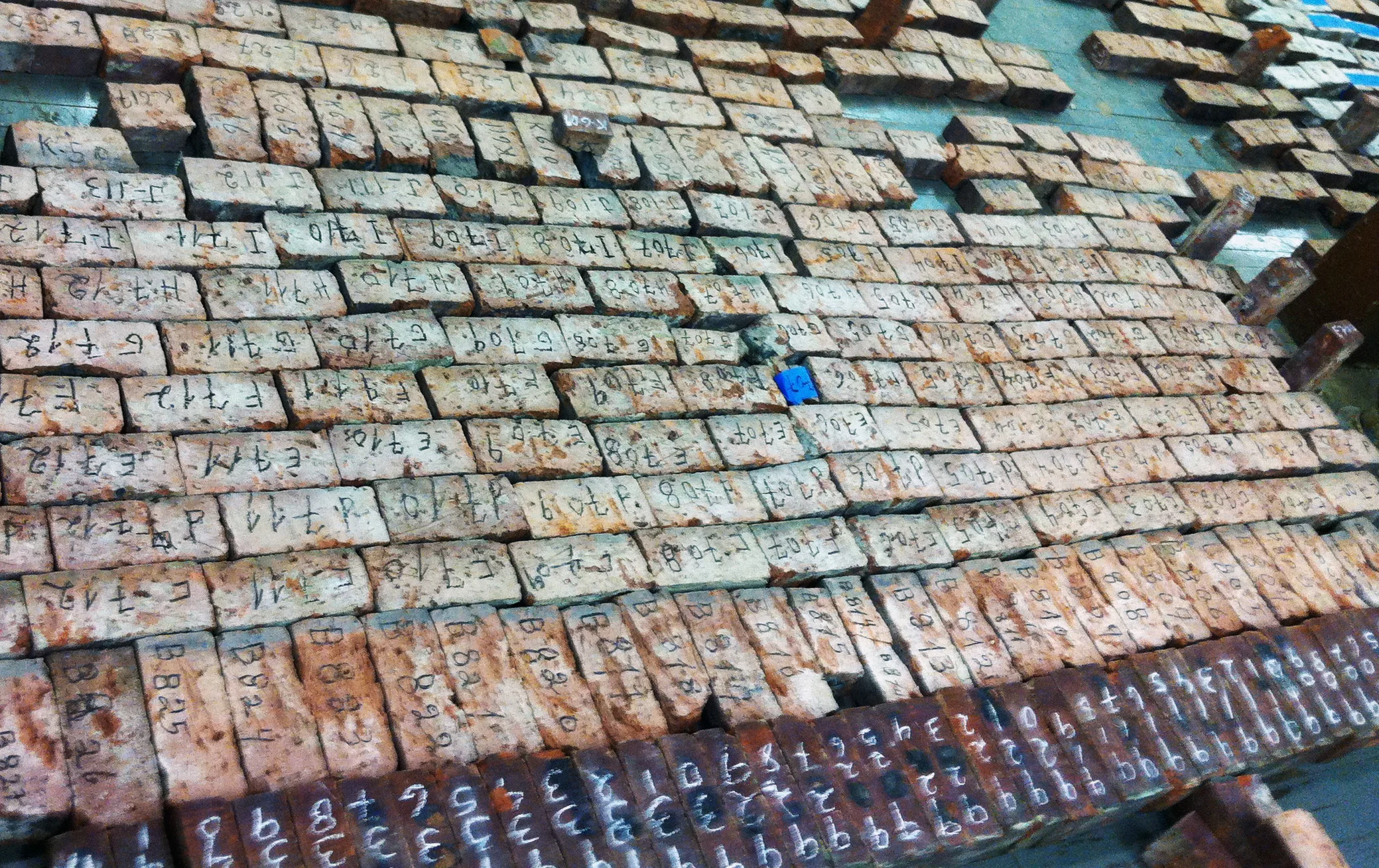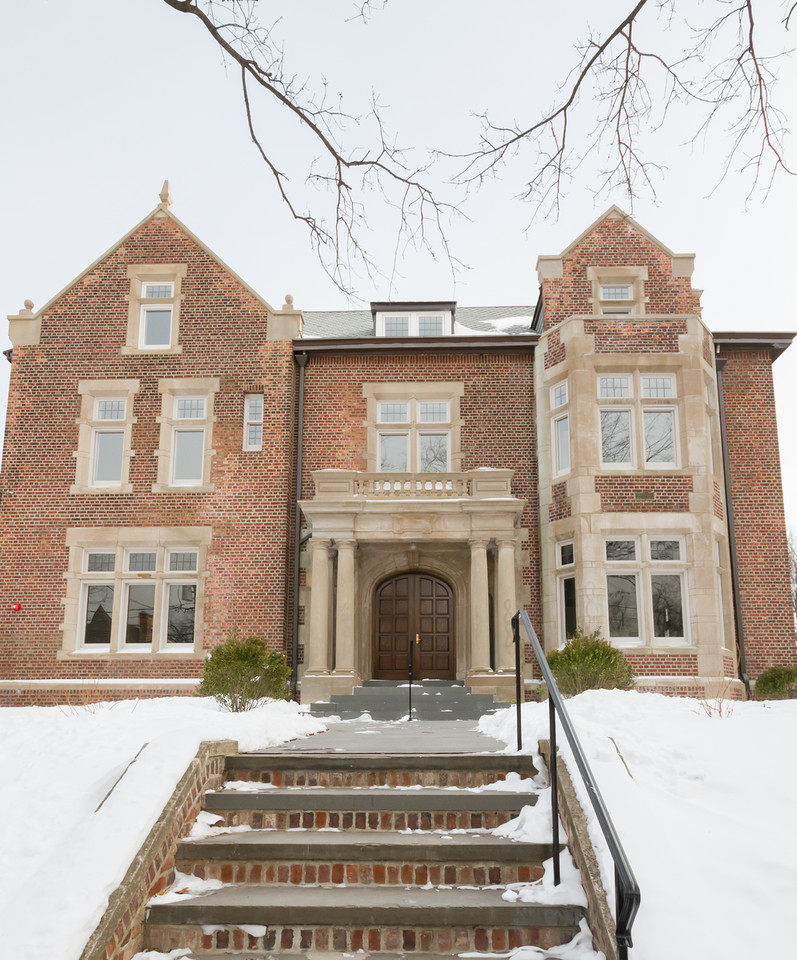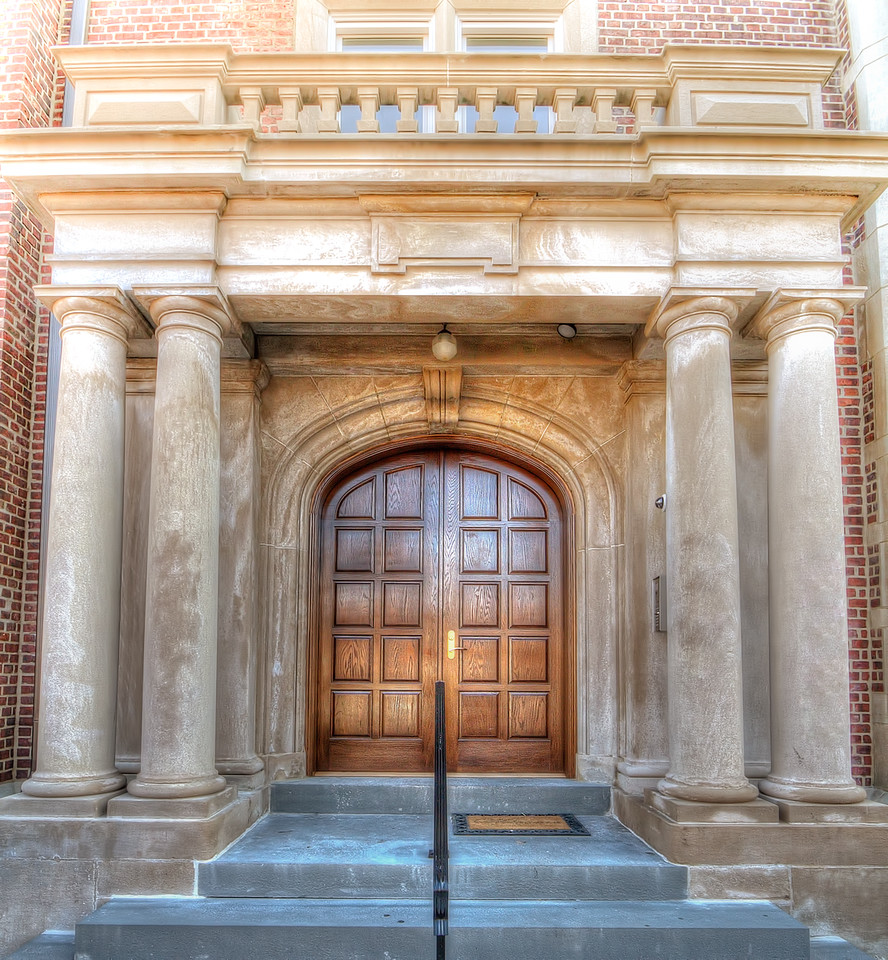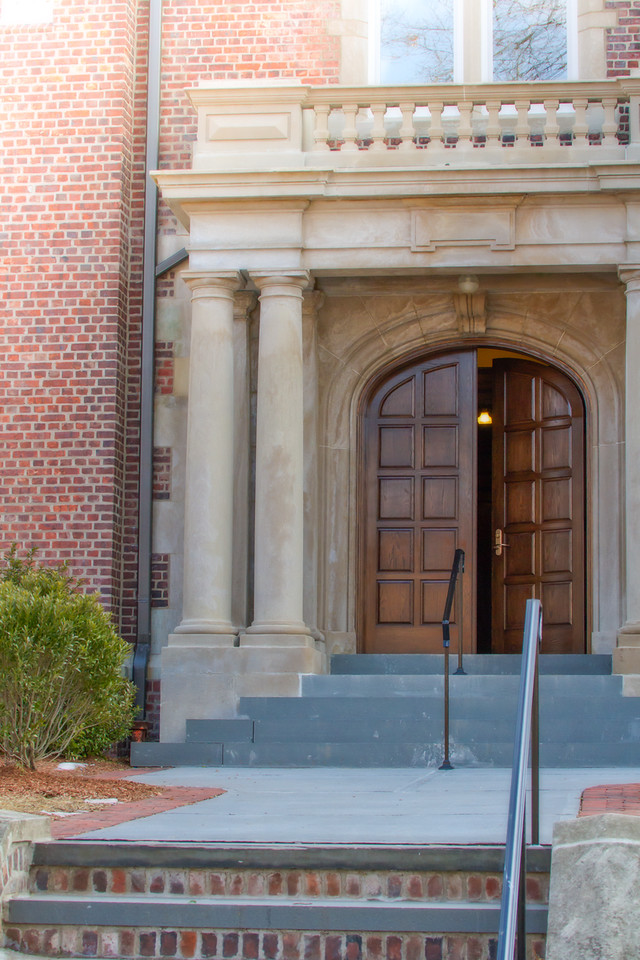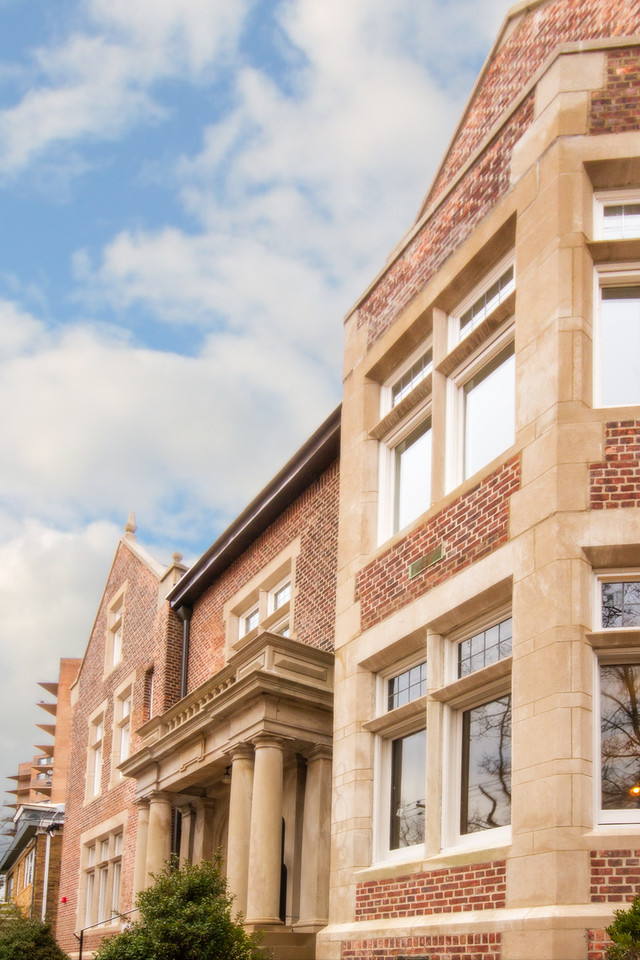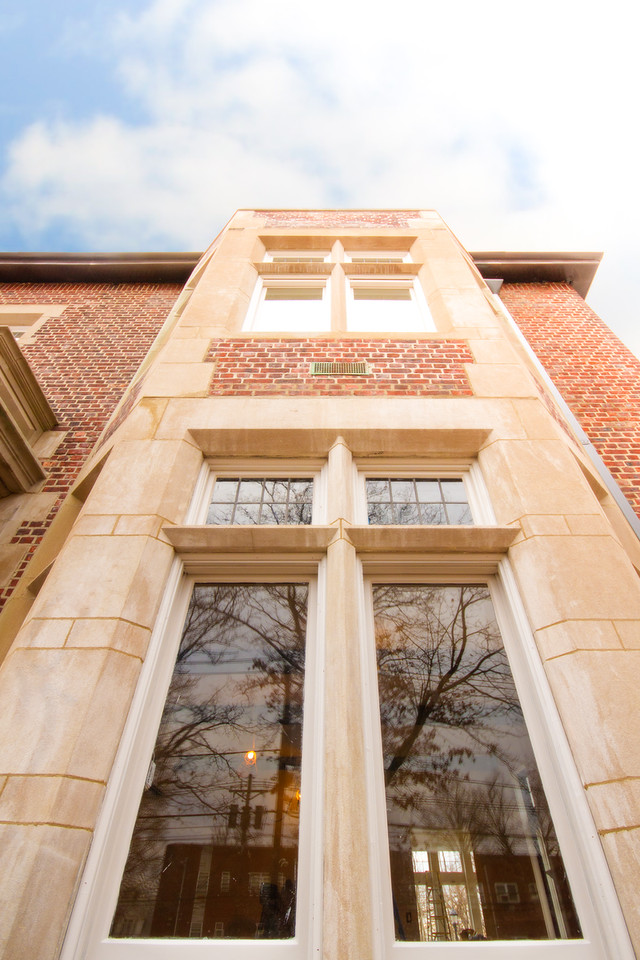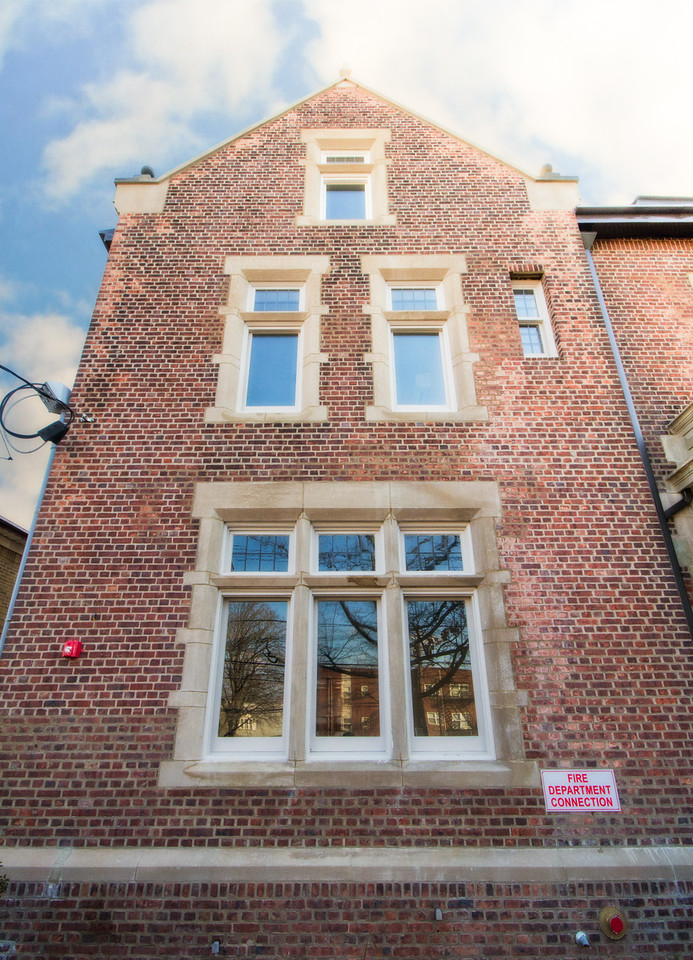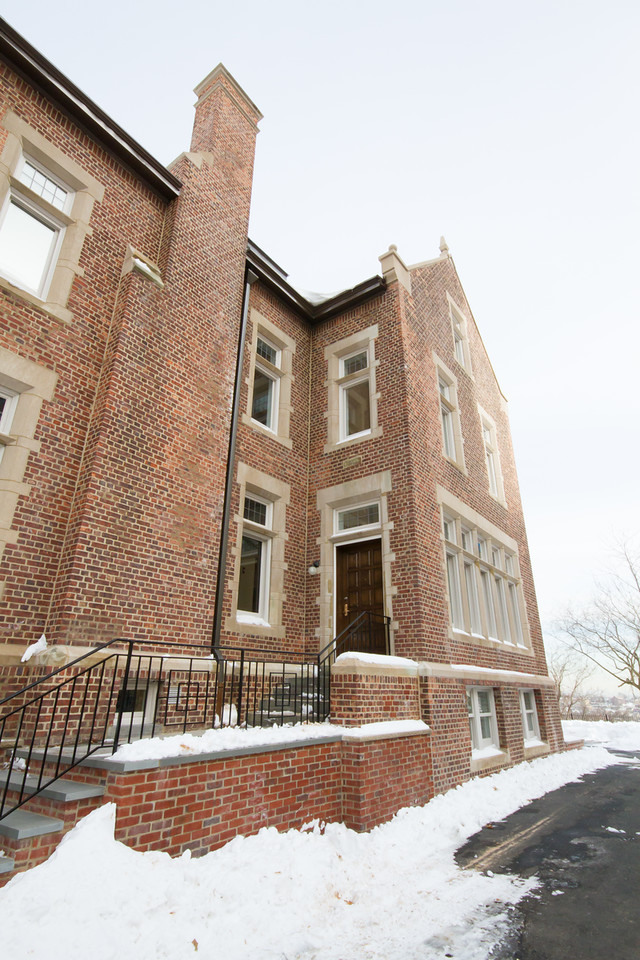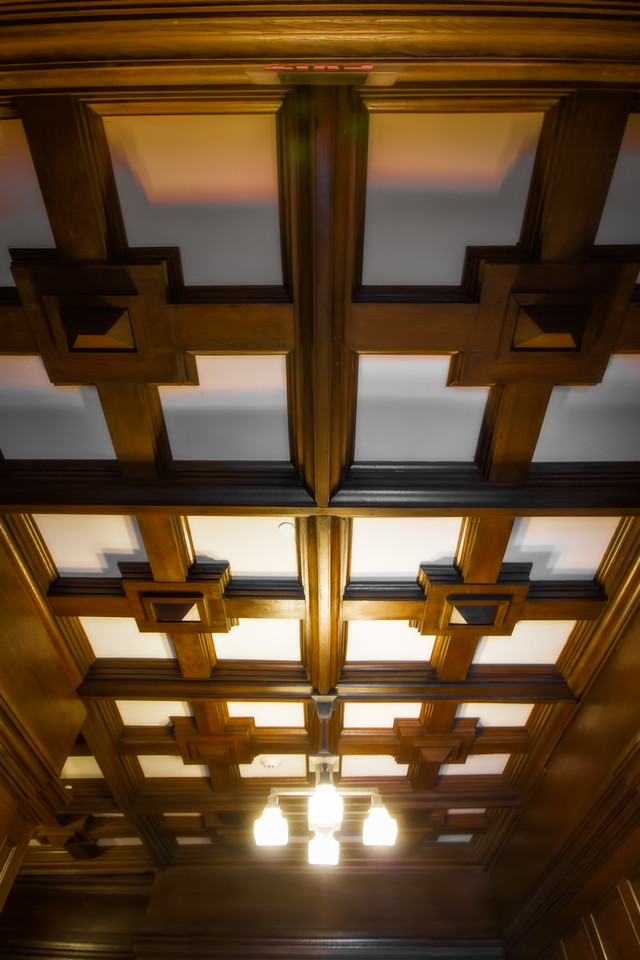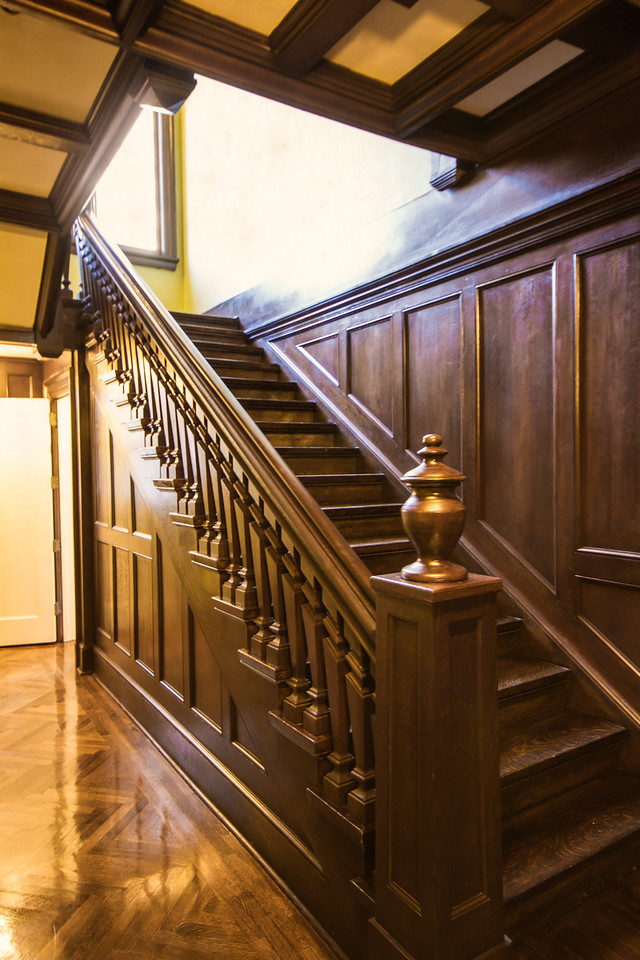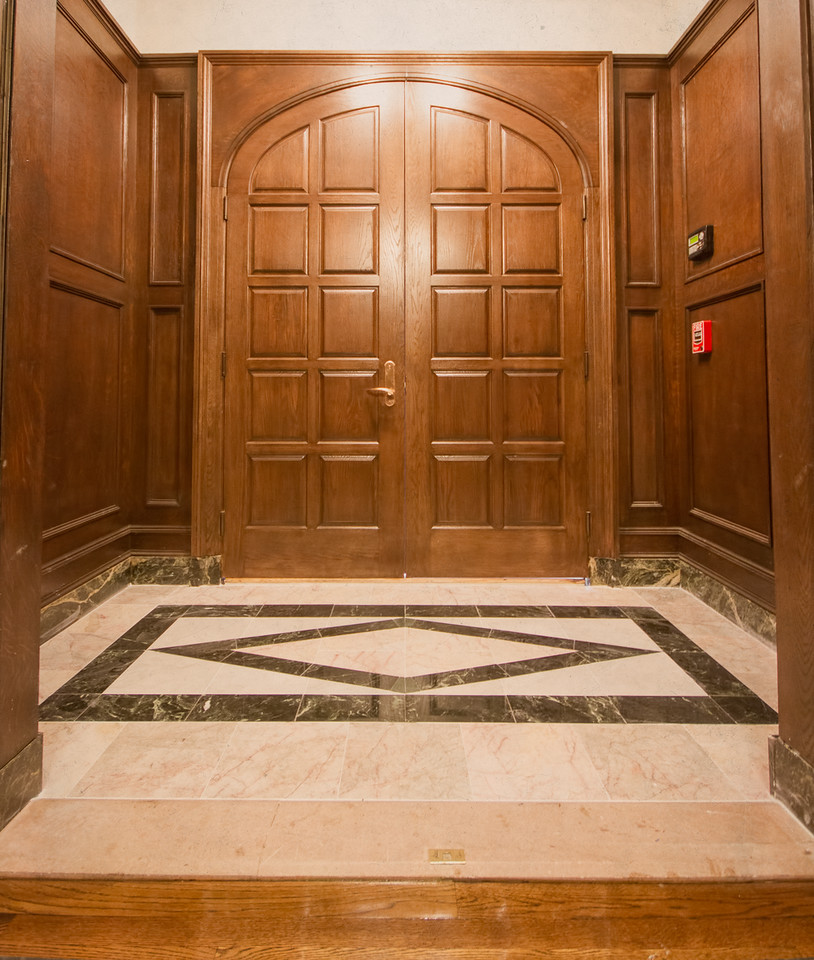The Wright Clark House: Before & After
/A recent inquiry from a relative of the Newark Wright-Clark family, as to the status of the Wright-Clark house on Mount Prospect Avenue in Forest Hill, made me realize that it has been over a year since I updated our blog!
2015 was an incredibly busy year for Zakalak Restoration Arts. When I last wrote about the Wright-Clark House in Newark, we were beginning the restoration of the original oak windows. We had removed the windows to our shop in the Ironbound, stripped them and began the process of restoration.
Pictured above: the windows after removal from the house, in their original, deteriorated condition. Here we began the arduous task of labeling and numbering each sash in order to return each one to its original location.
After beginning the restoration of the windows, the owner asked us to restore the formal rooms, including the two parlors, vestibule, hall, and stair hall. This involved the repair of wall paneling, doors, trim, stair parts, and the ornate coffered ceiling. The deterioration of the wood was severe in some cases, with the rooms being open to the elements for over twenty years. The plaster ceilings were all collapsed, the wood was delaminated, deformed and in some cases, completely missing. The challenges were great: ornate balusters were missing, the newel finials long gone and everything was saturated with water. Additionally, the windows needed to be finished and installed, and the job had to be done in less than three months! We are definitely not ones to shy away from a challenge, so we jumped in feet first! Below I've included an entire gallery of before photos so you can see exactly what I'm describing:
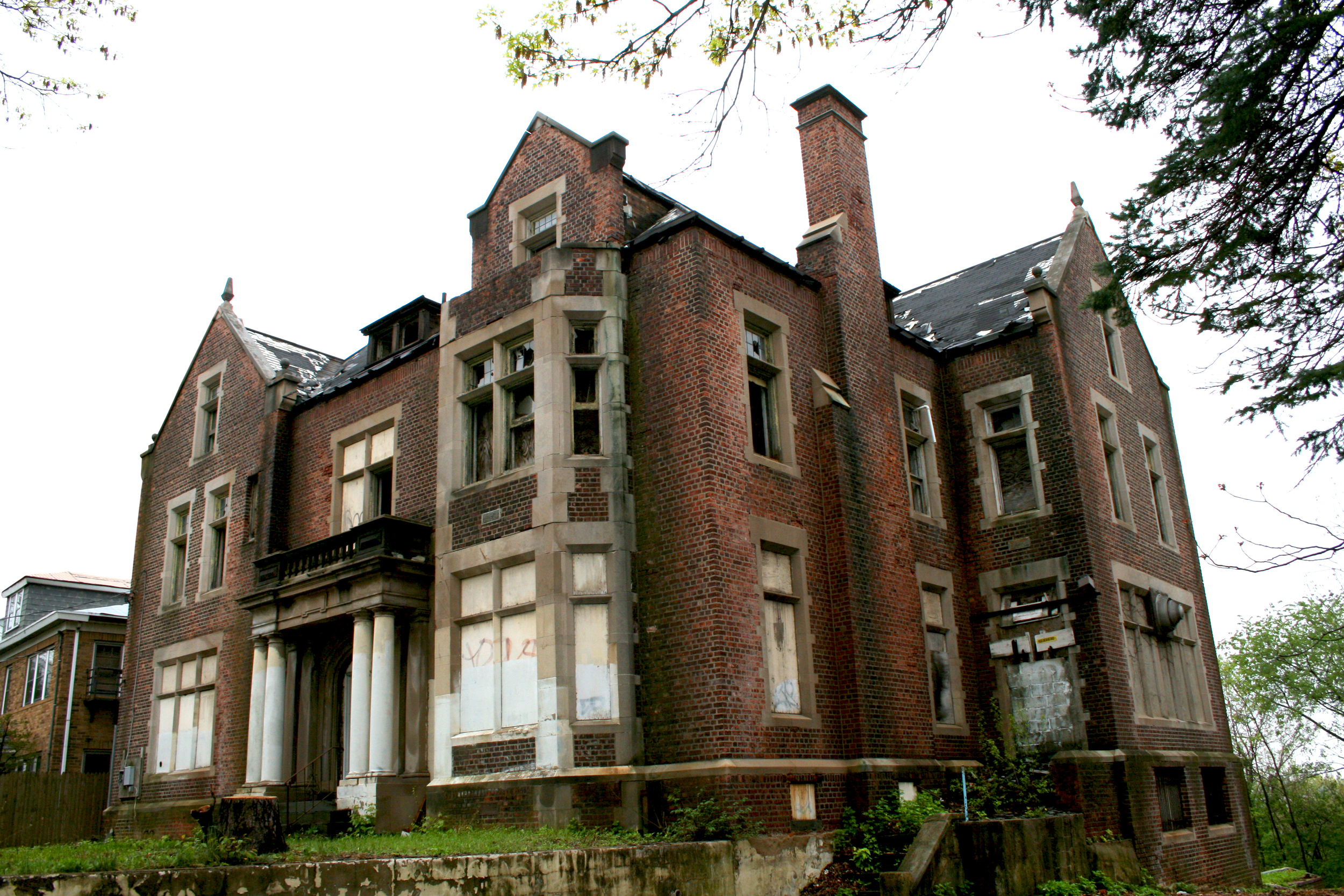









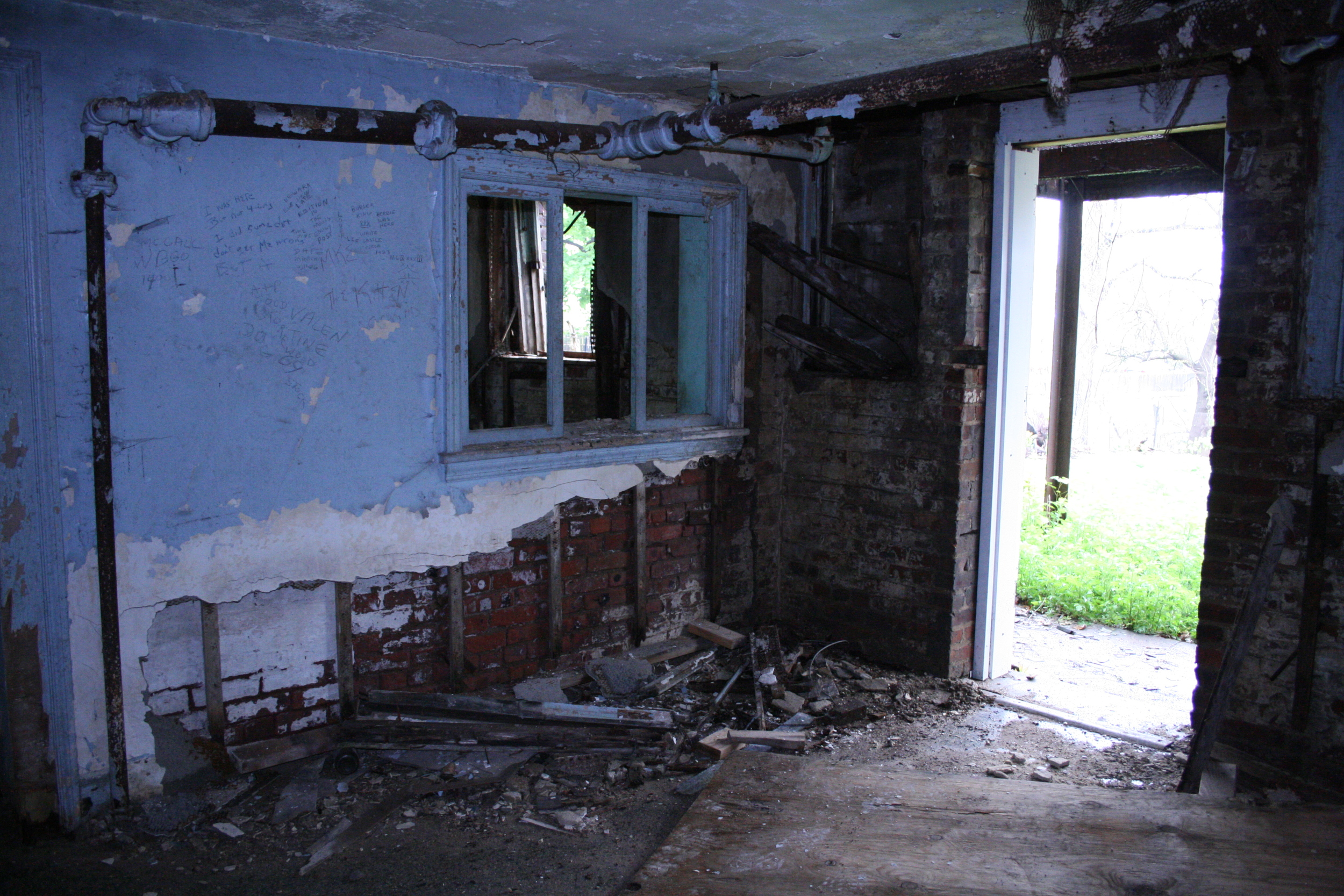
Obviously the amount of work required was extensive, and the the mansion was in abhorrent condition. The one positive aspect of deterioration like this is that it really gives those in restoration a platform to really show that all history is worth saving. What might be one person's tear-down, is my diamond in the rough!
Pictured above: rebuilding the grand staircase.
Pictured above: restoring the beamed ceiling.
Below, you'll see that the results speak for themselves. The mansion was turned into seven, large, beautiful, affordable apartments without compromising the integrity of the architecture, either on the exterior or in the interior. A long existing neighborhood eyesore was returned to its former glory and position in its historic Mt. Prospect streetscape. It brought me such great pleasure to know that this home would be occupied once again. Without further delay, here are the after photos:
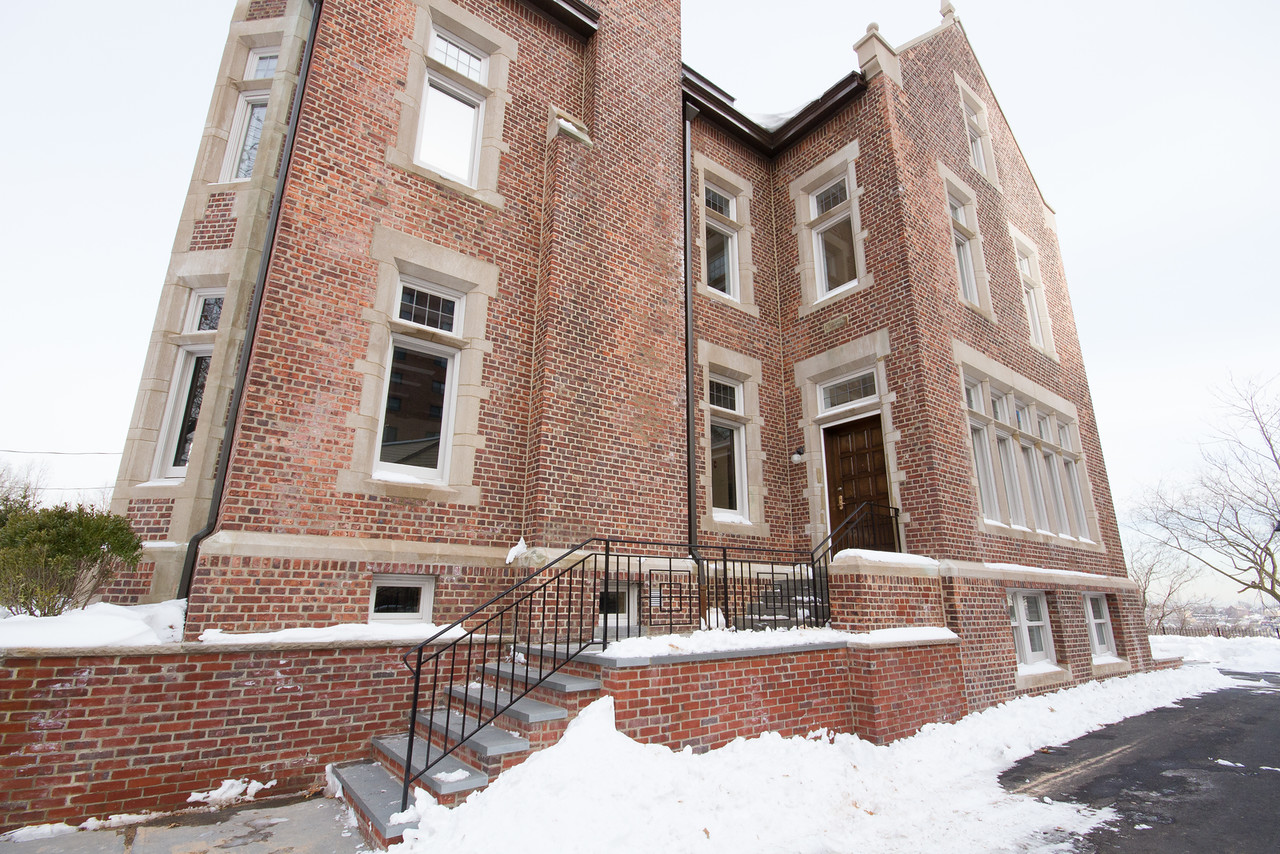
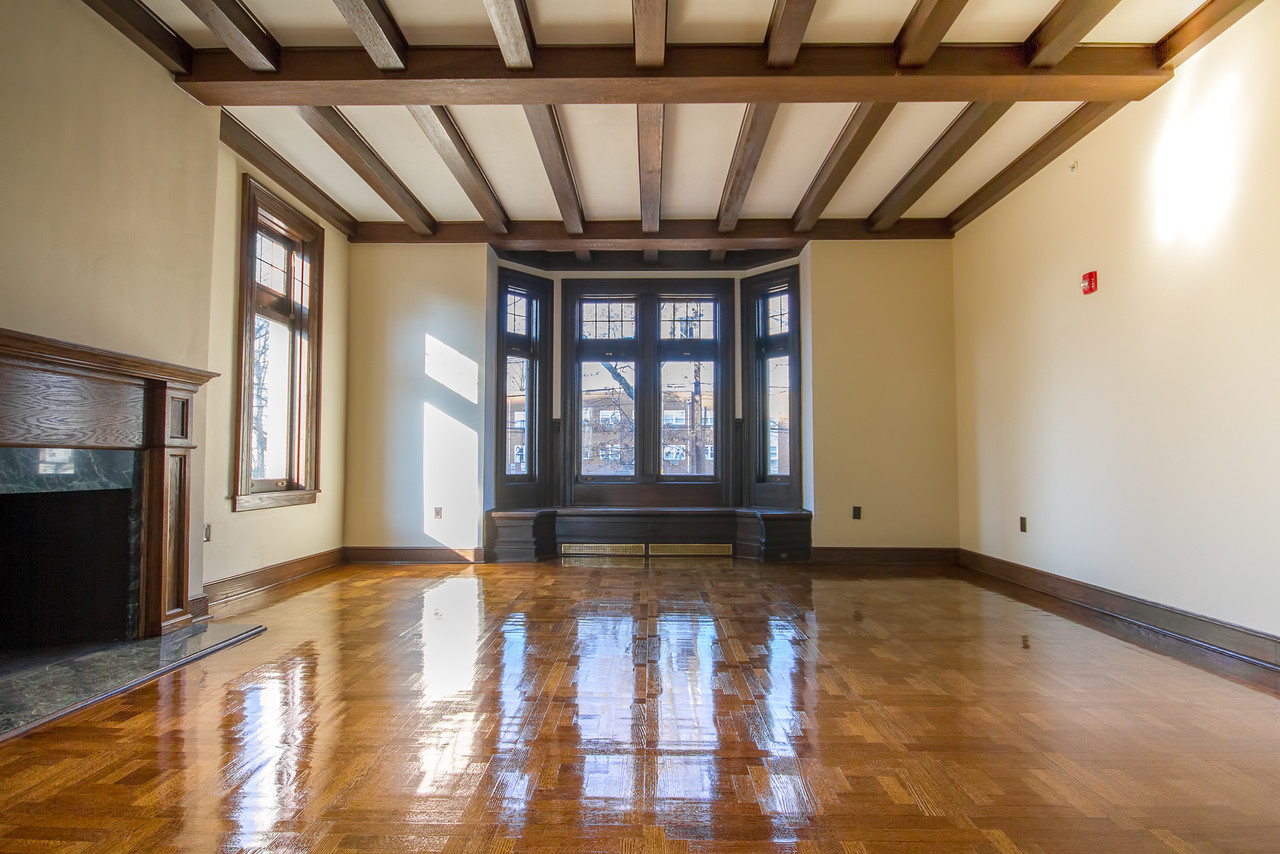
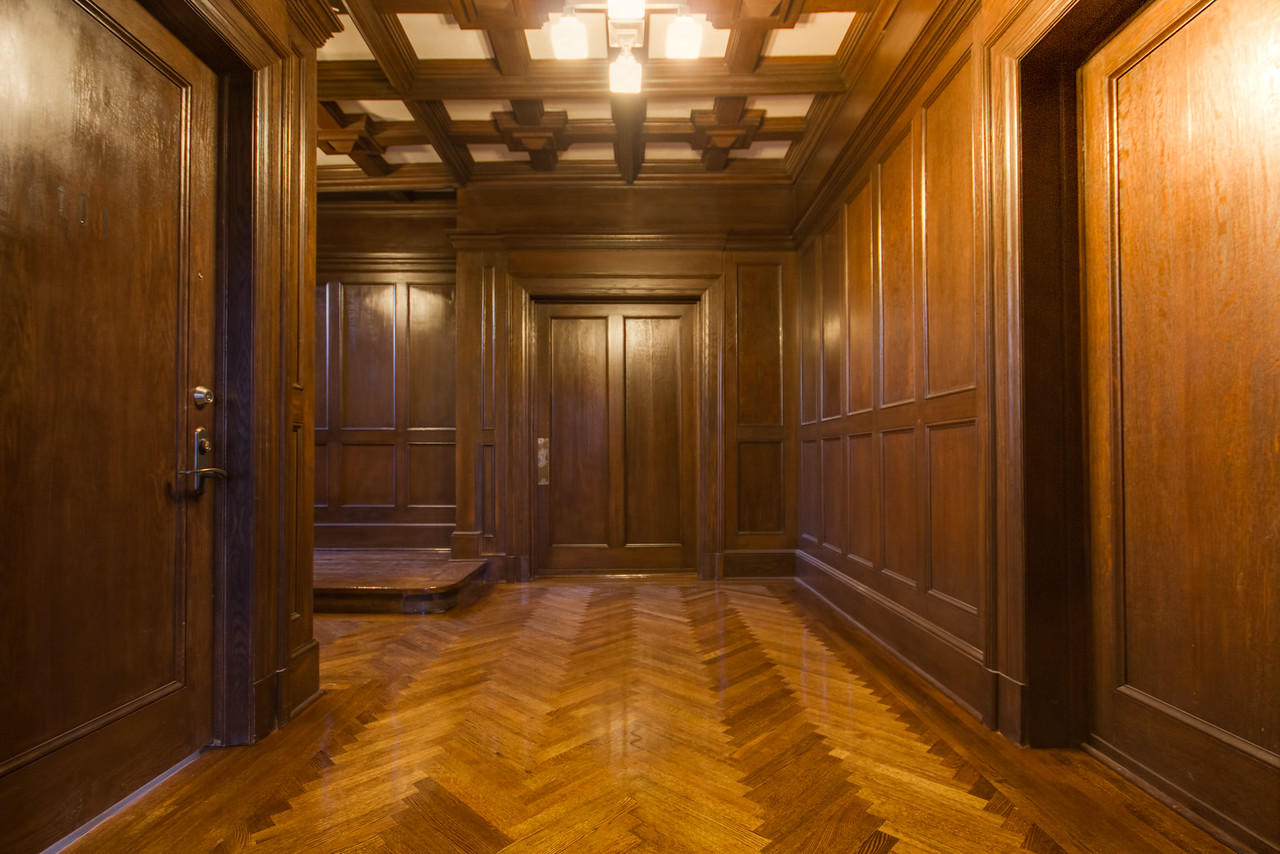

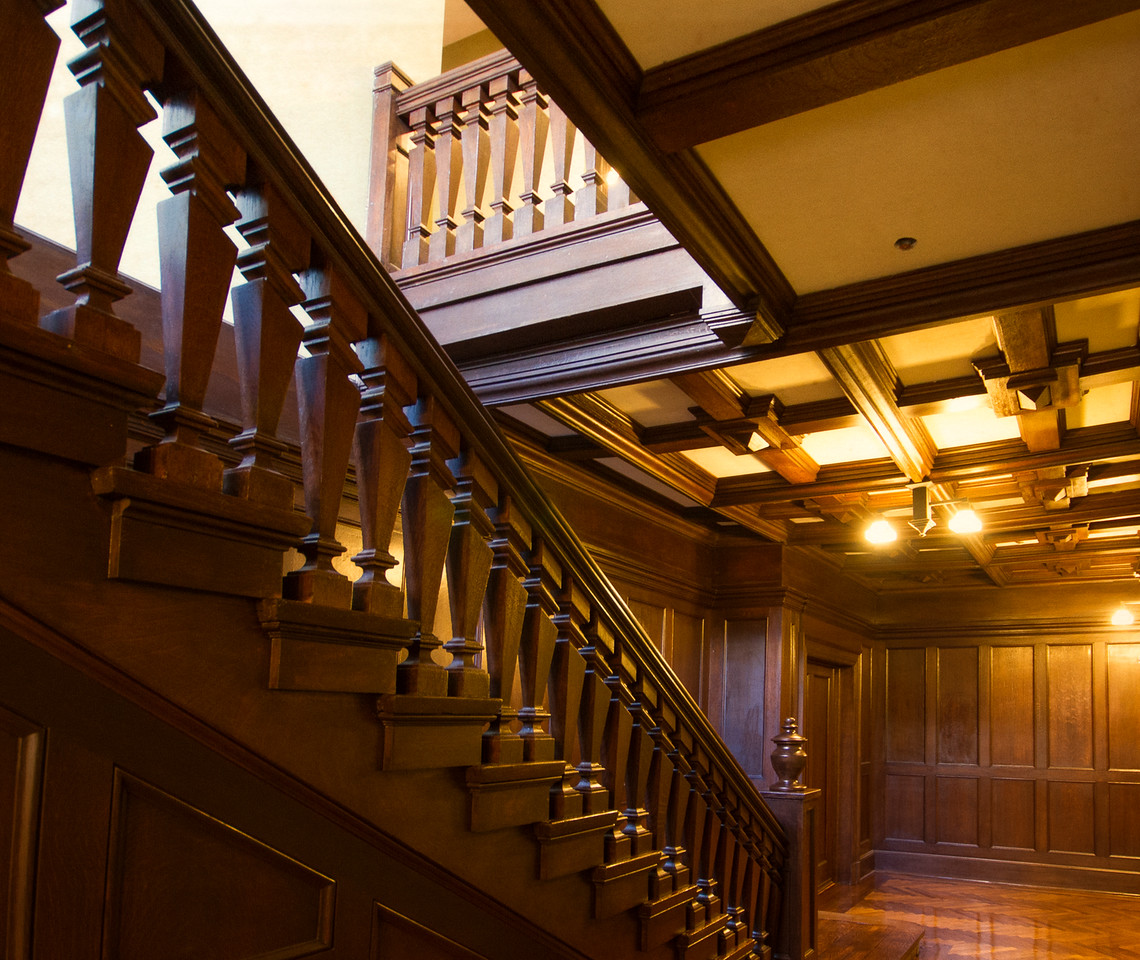
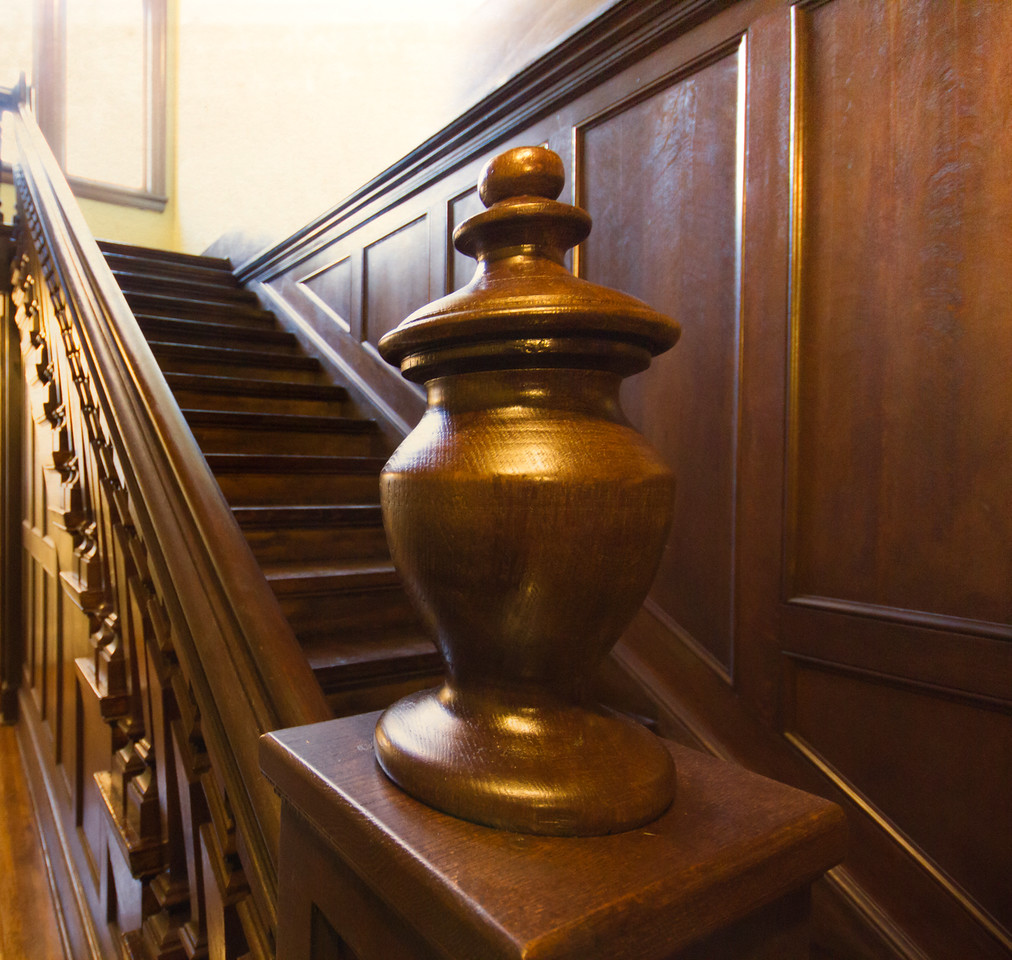
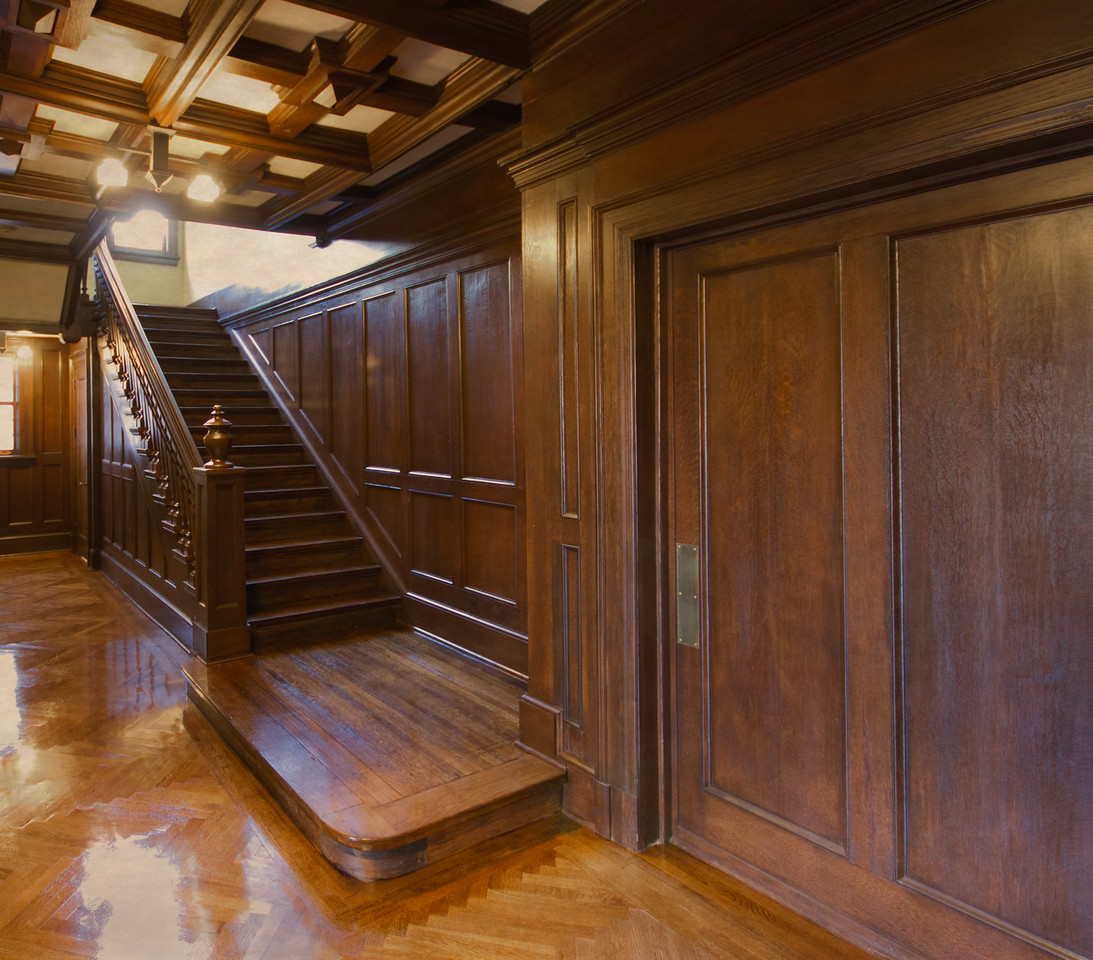
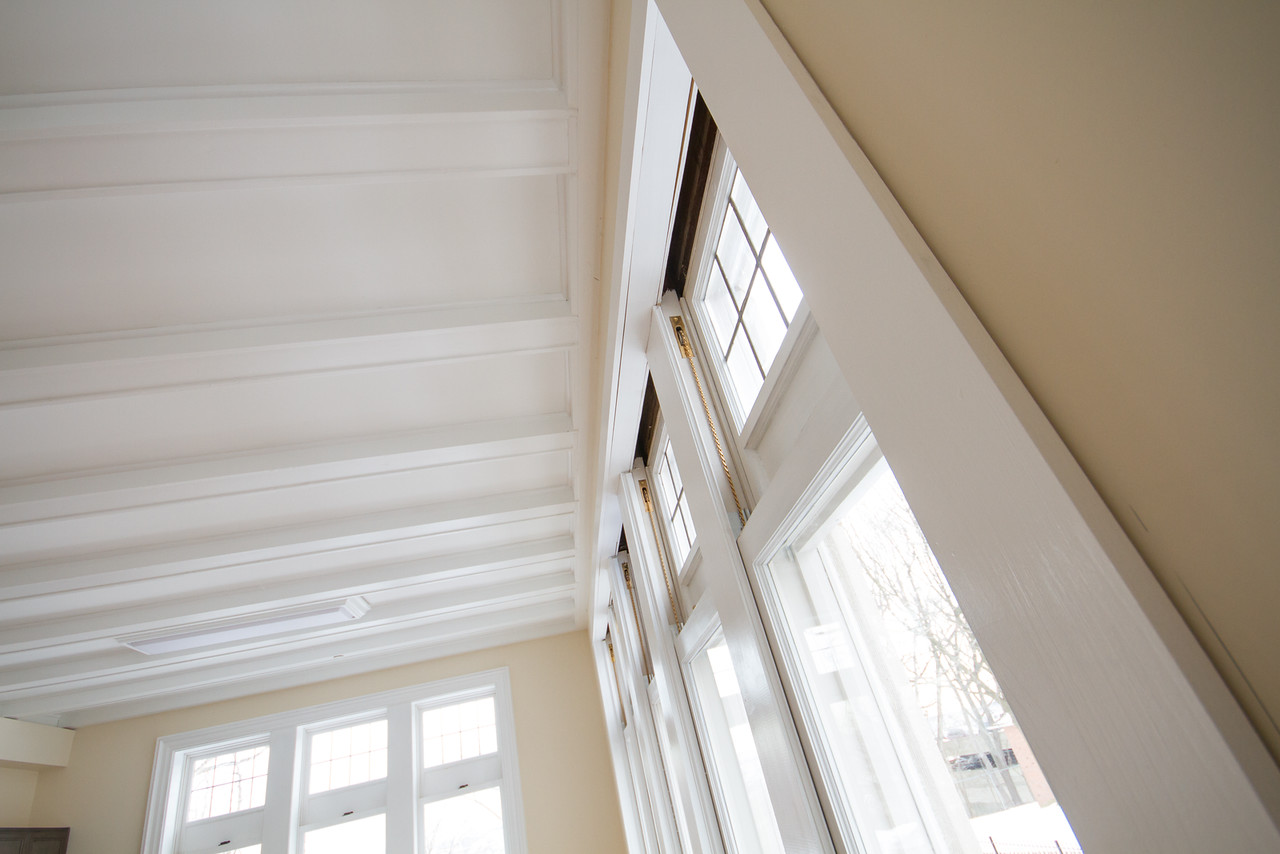
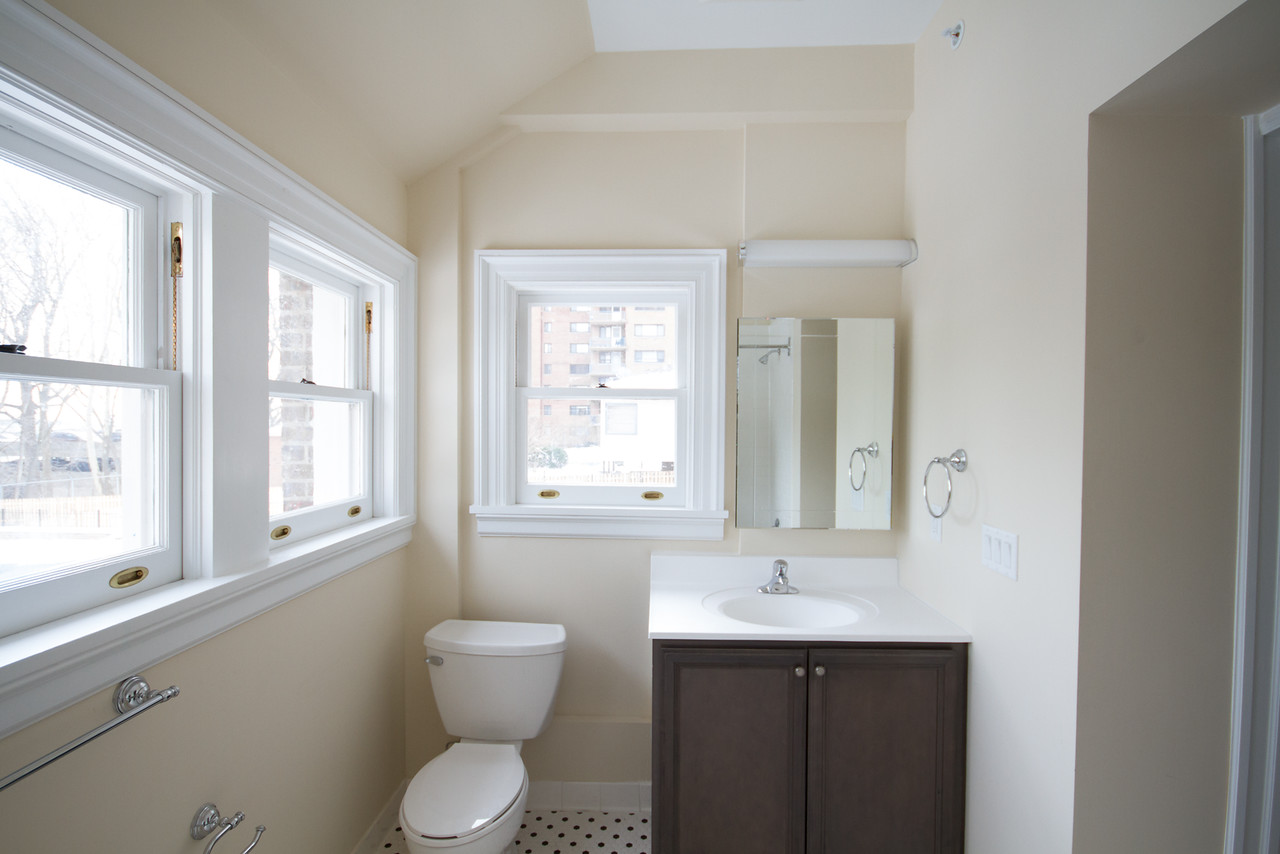
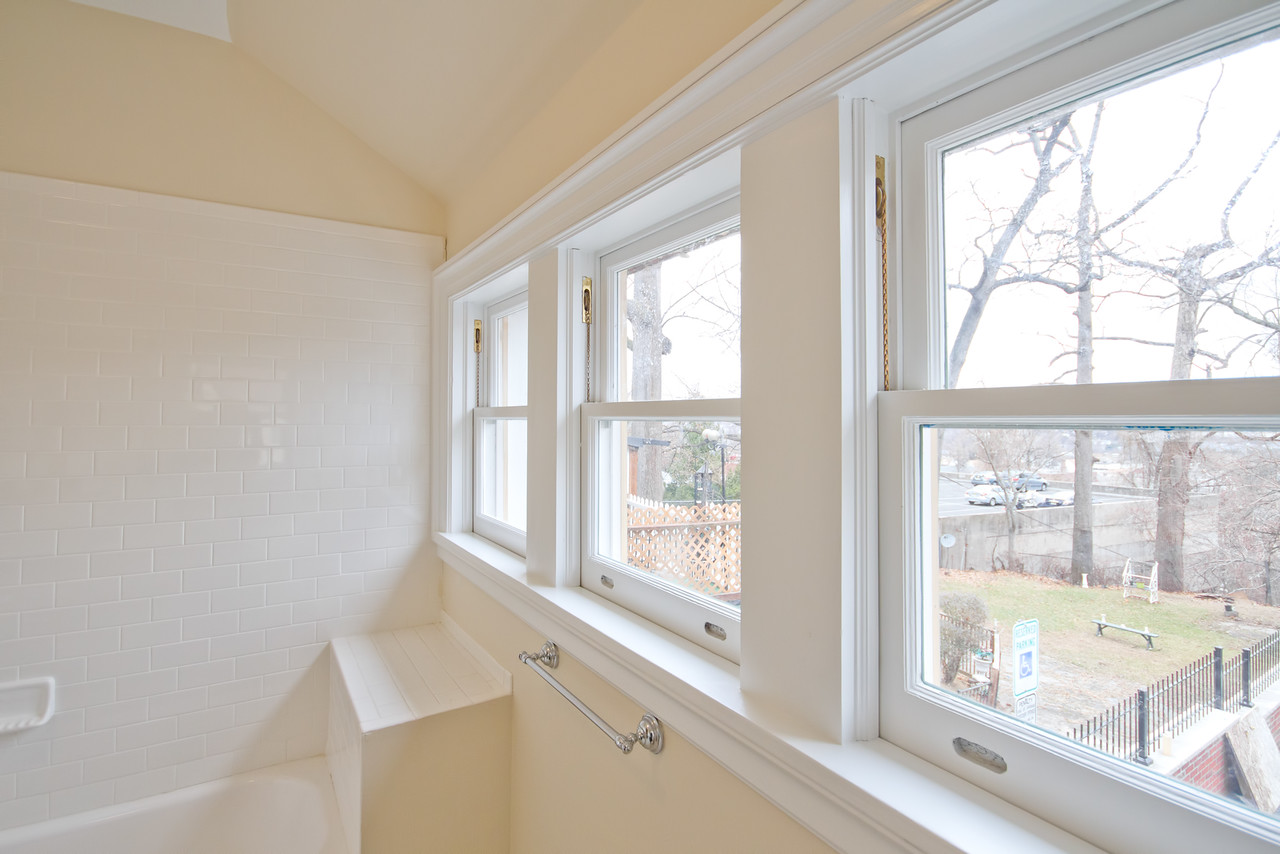

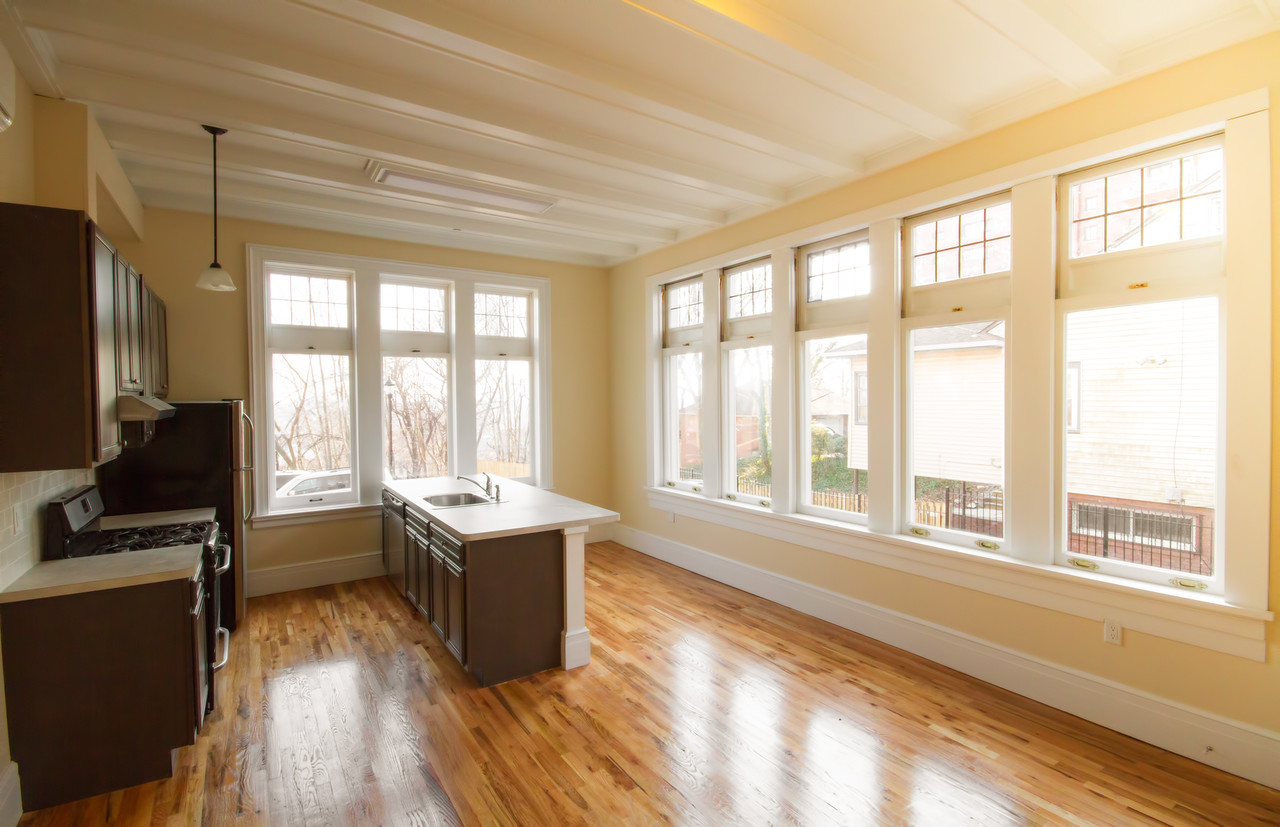
(Images in this gallery by Loralea Dawn Kirby http://www.thruoureyesimagery.com)
In May of 2015, I was honored that the Wright-Clark house was awarded the New Jersey Historic Preservation Award for the adaptive reuse and restoration. The citation reads:
This is a success story of adaptive reuse of a significant historic home, combined with local community involvement and pride. Constructed in the 1900s by one of the city’s most prominent industrial families, it was a symbol of opulence and architectural beauty. One hundred years later, it had become an example of a blighted and deteriorating landmark in a vital historic community.
The City of Newark recognized the value of saving this important historic asset, and entered into an agreement with RPM Development Groups to restore the Tudor-Revival inspired manor to its former glory. RPM organized a skillful development team of specialists to transform it into seven units of high quality, affordable rental housing. Much of the original material and framework was maintained as well as the original elements such as the windows, woodwork, decorative trim and the grand staircase.
RPM also saw the value of community involvement in such a significant project, and purposefully worked with the City and local businesses to hire the residents to complete the renovations. As a result, the workforce consisted of 75% Newark residents and 96% minority workers, consistent with the local population. The project was completed just eight months after the start of construction, and will have a positive economic and community impact in Forest Hill.

